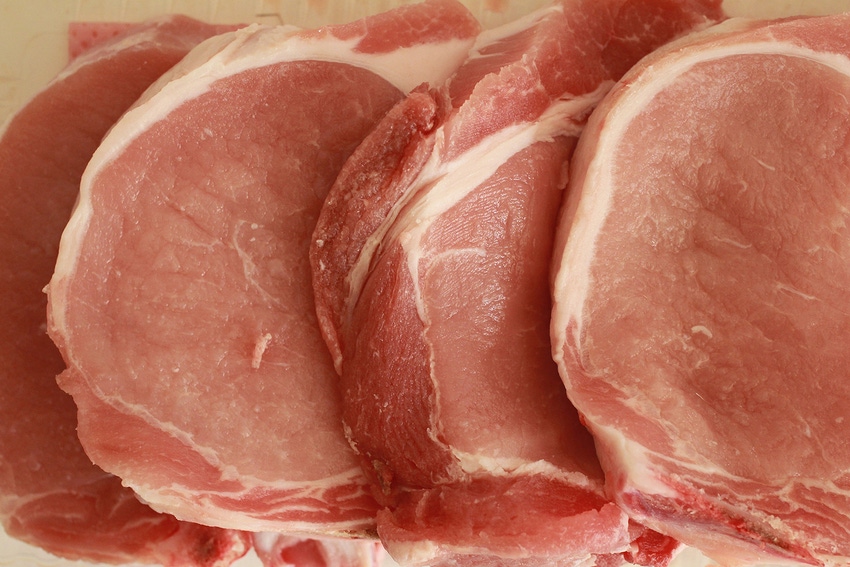The $12 billion aid package included a $559 million government purchase of pork to be used for federal food assistance programs for the needy.
December 18, 2018

This week the Trump administration rolled out the second phase of the market facilitation part of its assistance program for America’s farmers while the first shipments of pork purchased by the government under the aid plan were delivered to food centers around the country.
The USDA in late-August unveiled details of the assistance program, which was initiated to mitigate the financial hit farmers have taken from punitive tariffs imposed on U.S. farm goods by China, Mexico and other nations. U.S. pork, for example, earlier this year was slapped with two 25% duties from China and a 20% tariff from Mexico, retaliation for U.S. tariffs on some of those countries’ goods.
Under the assistance program, pork producers with adjusted gross income of less than $900,000 are eligible for direct payments of $8 per animal — in two phases of $4 each — based on the number of live hogs they owned on Aug. 1, or on any day between July 15 and Aug. 15 if that is more representative of the entity’s ownership interests. Livestock payments are limited to $125,000 per person or legal entity. Sign-up for the Market Facilitation Program began Sept. 4 and runs through Jan. 15.
The $12 billion aid package also included a $559 million government purchase of pork to be used for federal food assistance programs for the needy. The purchases, which are expected to cover about a week’s worth of production, are being made by USDA in four tranches.
“Today’s announcement is further proof that President Trump is committed to America’s farmers, including pork producers, who support his efforts to realign U.S. trade policy,” says National Pork Producers Council president Jim Heimerl, a hog farmer from Johnstown, Ohio. “U.S. agriculture has borne the brunt of the retaliatory tariffs, so the administration’s aid plan helps.”
Still, Heimerl says, farmers would rather be producing and exporting food.
“We need to end these trade disputes soon and open new markets, so we can export to consumers around the globe the safest, most nutritious pork in the world,” says Heimerl.
In addition to asking the Trump administration to resolve the dispute with China and to drop the U.S. tariff on steel and aluminum imports from Mexico so that country will rescind its duty on U.S. pork, the NPPC has been urging the White House to negotiate new trade deals with countries, particularly ones in the fast-growing Asia-Pacific region, beginning with Japan.
About the Author(s)
You May Also Like



